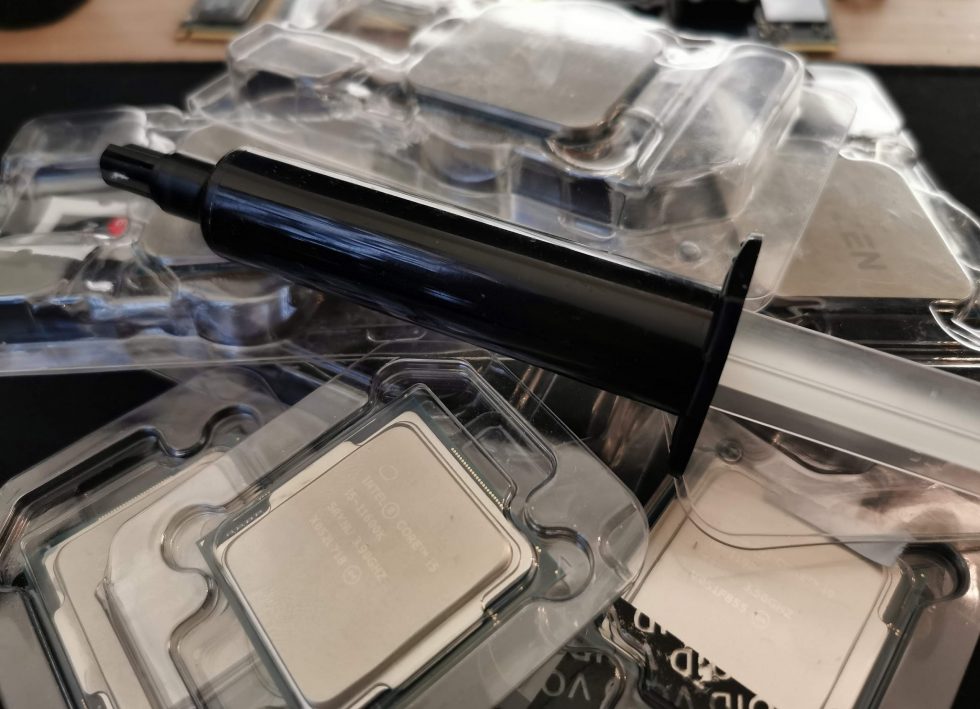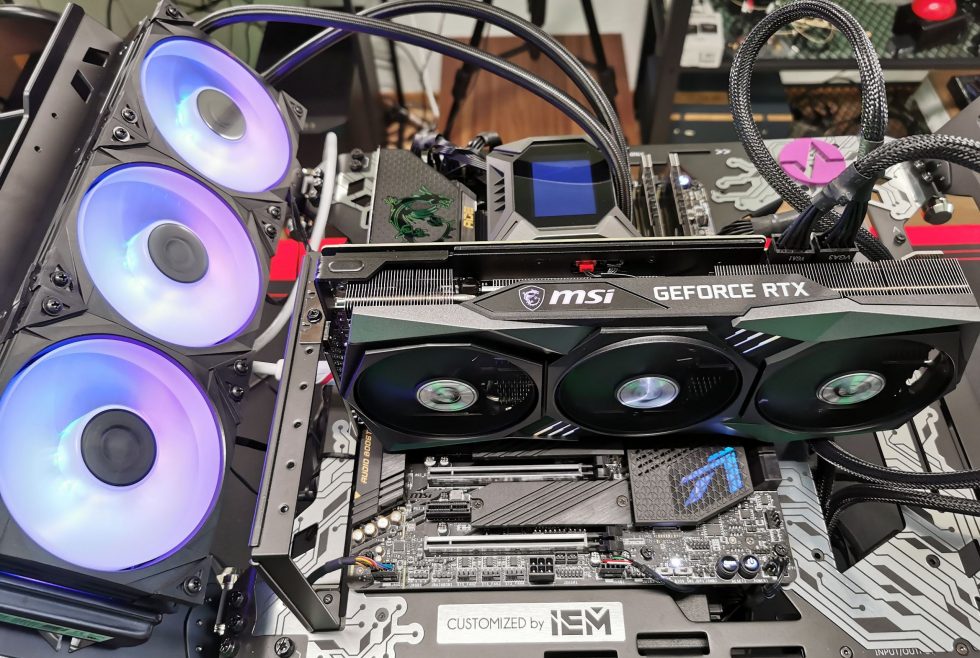Summary
Since I wouldn’t presume to make a blanket judgment on the so-called performance crown (which doesn’t do anyone any good anyway) with the time available, I didn’t even bother. By the way, I didn’t pick the games because Intel looks particularly bad there, but because this is where I have the most experience and old comparisons between the individual graphics cards and also Resizeable BAR. Far Cry New Dawn is then a kind of operational accident, but at least in UHD still brought insights. Certainly there would be more gratifying scenarios for Intel than mine, but in turn at least as many even more disappointing ones. So it is.
I’m very sure there will be objections as well, because with some good will you could have attested 3 to 5% more performance in one or the other game especially to the Core i9-11900K and a good GeForce RTX 3090 compared to some other test samples, only I’m not going to finger in the 720p bottle neck against my better knowledge and close my eyes. When even an RTX 3080 gets thrashed by an RX 5700XT in CoD MW at tiny resolution, as long as there’s a Ryzen 7 2700X in the system, I don’t need to adapt that into another form for a launch article.
The fact that I used a Radeon RX 6900XT, on the other hand, has two big advantages. First, there is no need to discuss the potential DX12 bottleneck of a GeForce and its possible consequences in postage stamp resolutions, and second, I like to do things anyway that others don’t do that way for acceptable reasons, but do it correctly. Testing for specs, for example. I’ve solicited a lot of feedback from the community and I really don’t know anyone who doesn’t at least enable the XMP profile when they put in their new blink blink RAM, not to mention clock cheats and “factory OC” on the motherboards. I don’t know anyone who voluntarily turns off things like Enhanced-Turbo just because they can then gamble and sleep with a better conscience. If such a test is to be carried out, then it should be more practical and customer-oriented.
Well, quo vadis Intel? I don’t want to use the usual puns now, like “knitted with a hot needle”, but you can’t squeeze anything out of an empty toothpaste tube once it’s empty. And then just selling that as a gaming CPU because it’s only good enough for 8-cores without a looming core meltdown has no real guts either. Even the Core i9-11900K with ABT isn’t a revelation and is usually slower than AMD’s counterpart or even the Core i7-11700K. In return, you always win at the socket. ABT is a nice idea, often doesn’t do much in practice, because you might already fail at cooling. Maybe a further optimized micro code will help to improve this.
The cooling still needs some practice as well. Since the chip has grown considerably, the bump in the center of the IHS remains, even after a burn-in. This naturally reduces the effective contact area significantly and you need really thick layers of thermal paste at the edge. With a simple AiO compact water cooling, all this is already borderline. But I will test this again with my own sample.
Intel’s 11. Generation is a clever stopgap (until Alder Lake comes along) – nothing more, but nothing less. The features are right, right down to the encoder, Xe graphics and PCIe 4.0. But who, pray tell, is the target audience now? Everyone with a Core i9-9900K or higher can easily skip this step, and you won’t pick up anyone from the AMD camp with it either. So builders aren’t, actually upgraders aren’t either, because socket 1200 is dead. As well as AM4 at AMD. So that leaves the whole SI and ready PC market, which is certainly not a small one. And let’s face it, an 11 on the box always looks faster than a 10. Advertising does the rest, the lack of new hardware too. You can simply sell anything with a plug.
I’ll be sure to try to teach the heated quarter drunk some manners in a follow up as well, as I suspect it will be quite solvable. Of course, this will be at the expense of performance, which would then still be enough to play everything really acceptably. Only then it’s no longer a shining light to advertise with, but an average CPU. And if I have to be completely honest, I would even rather buy a Core i9-10900K than the Core i7-11700K or Core i9-11900K. Displacement instead of spoilers has always had more charm.
And the conclusion? I really hoped and promised for more. But reality is at least an honest bride, as long as you look her in the face with an open mind and without prejudice. By the way, this also applies to marketing and PR. Until then, as always, the presumption of innocence applies. 🙂
- 1 - Introduction and Background Information
- 2 - Test System, Setup and Games
- 3 - Gaming-Performance in 720p (1280 x 720 Pixels)
- 4 - Gaming-Performance in 1080p (1920 x 1080 Pixels)
- 5 - Gaming-Performance in 1440p (2560 x 1440 Pixels)
- 6 - Gaming-Performance in 2160p (3840 x 2160 Pixels)
- 7 - Frame Time for all Games
- 8 - Variances for all Games
- 9 - Workstation & Compute
- 10 - Power Consumption
- 11 - Conclusion and Final Words

































45 Antworten
Kommentar
Lade neue Kommentare
Mitglied
Urgestein
1
Veteran
Urgestein
Urgestein
Mitglied
Mitglied
Veteran
Veteran
Veteran
Urgestein
Urgestein
Mitglied
1
Urgestein
Veteran
Urgestein
Urgestein
Alle Kommentare lesen unter igor´sLAB Community →